Pines in pistachio pudding
head_cutter
14 years ago
Related Stories

FARMHOUSESKitchen of the Week: Renovation Honors New England Farmhouse’s History
Homeowners and their designer embrace a historic kitchen’s quirks while creating a beautiful and functional cooking space
Full Story
KITCHEN DESIGNHouzz Call: Tell Us About Your First Kitchen
Great or godforsaken? Ragtag or refined? We want to hear about your younger self’s cooking space
Full Story
KITCHEN DESIGNCountertop and Backsplash: Making the Perfect Match
Zero in on a kitchen combo you'll love with these strategies and great countertop-backsplash mixes for inspiration
Full Story
FALL GARDENING6 Trees You'll Fall For
Don’t put down that spade! Autumn is the perfect time for planting these trees
Full Story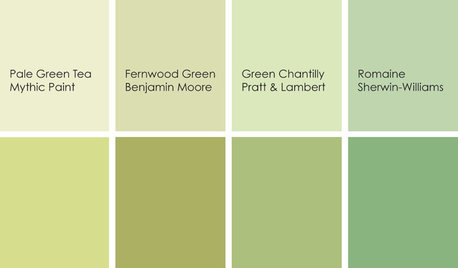
KITCHEN DESIGNCooking With Color: When to Use Green in the Kitchen
Consider a taste of Romaine or Pale Green Tea to make your kitchen walls or cabinets the freshest ones around
Full Story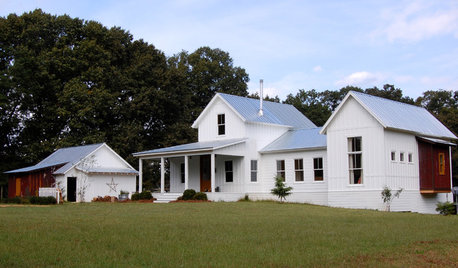
COLORFUL HOMESMy Houzz: Colorful and Clever DIY Touches Fill an Alabama Farmhouse
Antiques, repurposed items and a whole lotta hard work give a family home cheery, personable style
Full Story
COLORBest Ways to Use the Neutral Green Color of 2015
Benjamin Moore’s Color of the Year is soft and natural
Full Story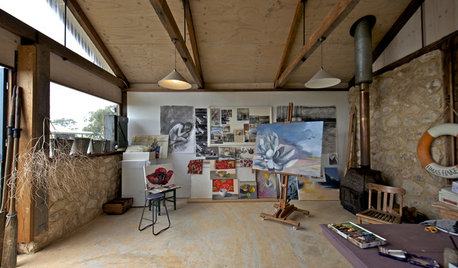
STUDIOS AND WORKSHOPSHouzz Call: Show Us Your Hardworking Studio!
Upload a photo of your home studio or workshop and tell us how you’ve designed it to work extra hard for you
Full Story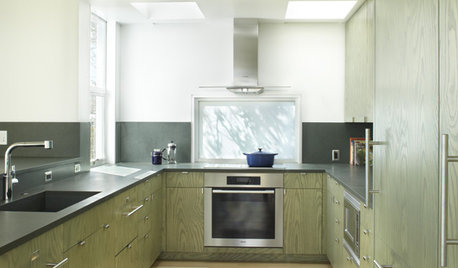
REMODELING GUIDESPro Finishing Secret: Aniline Dye for Wood
Deeper and richer than any stain, aniline dye gives wood stunningly deep color and a long-lasting finish
Full Story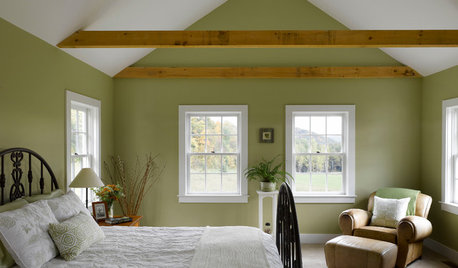
COLORDreaming in Color: 8 Gorgeously Green Bedrooms
Bring in a bold splash of watery blue-green or a slice of soft celery for a colorful yet sleep-friendly sanctuary
Full StoryMore Discussions








tapla (mid-Michigan, USDA z5b-6a)
Jack Reynolds
Related Professionals
Baltimore Landscape Architects & Landscape Designers · Peabody Landscape Contractors · Pottstown Landscape Contractors · Tempe Landscape Contractors · Wilmington Landscape Contractors · Belvedere Park Landscape Contractors · Damascus Landscape Contractors · Downey Landscape Contractors · Holland Landscape Contractors · Kearny Landscape Contractors · Louisville Landscape Contractors · Snoqualmie Landscape Contractors · Vacaville Landscape Contractors · Kyle Decks, Patios & Outdoor Enclosures · Littleton Decks, Patios & Outdoor Enclosureshead_cutterOriginal Author
tapla (mid-Michigan, USDA z5b-6a)
head_cutterOriginal Author
head_cutterOriginal Author
tapla (mid-Michigan, USDA z5b-6a)
head_cutterOriginal Author
tapla (mid-Michigan, USDA z5b-6a)
head_cutterOriginal Author
tapla (mid-Michigan, USDA z5b-6a)
Jack Reynolds
tapla (mid-Michigan, USDA z5b-6a)